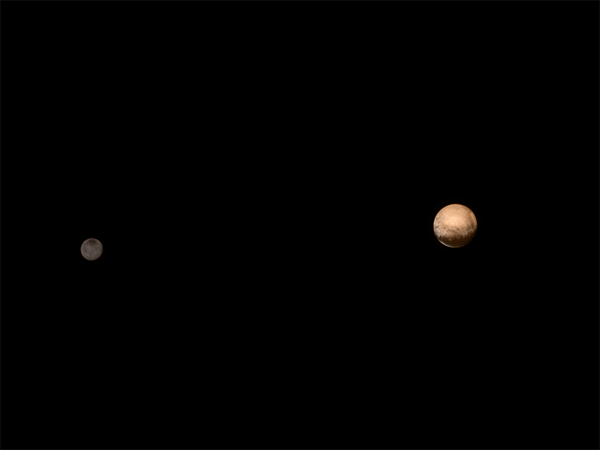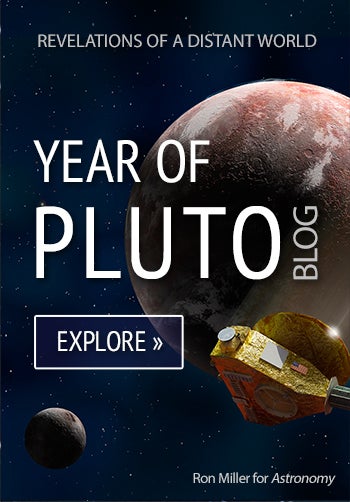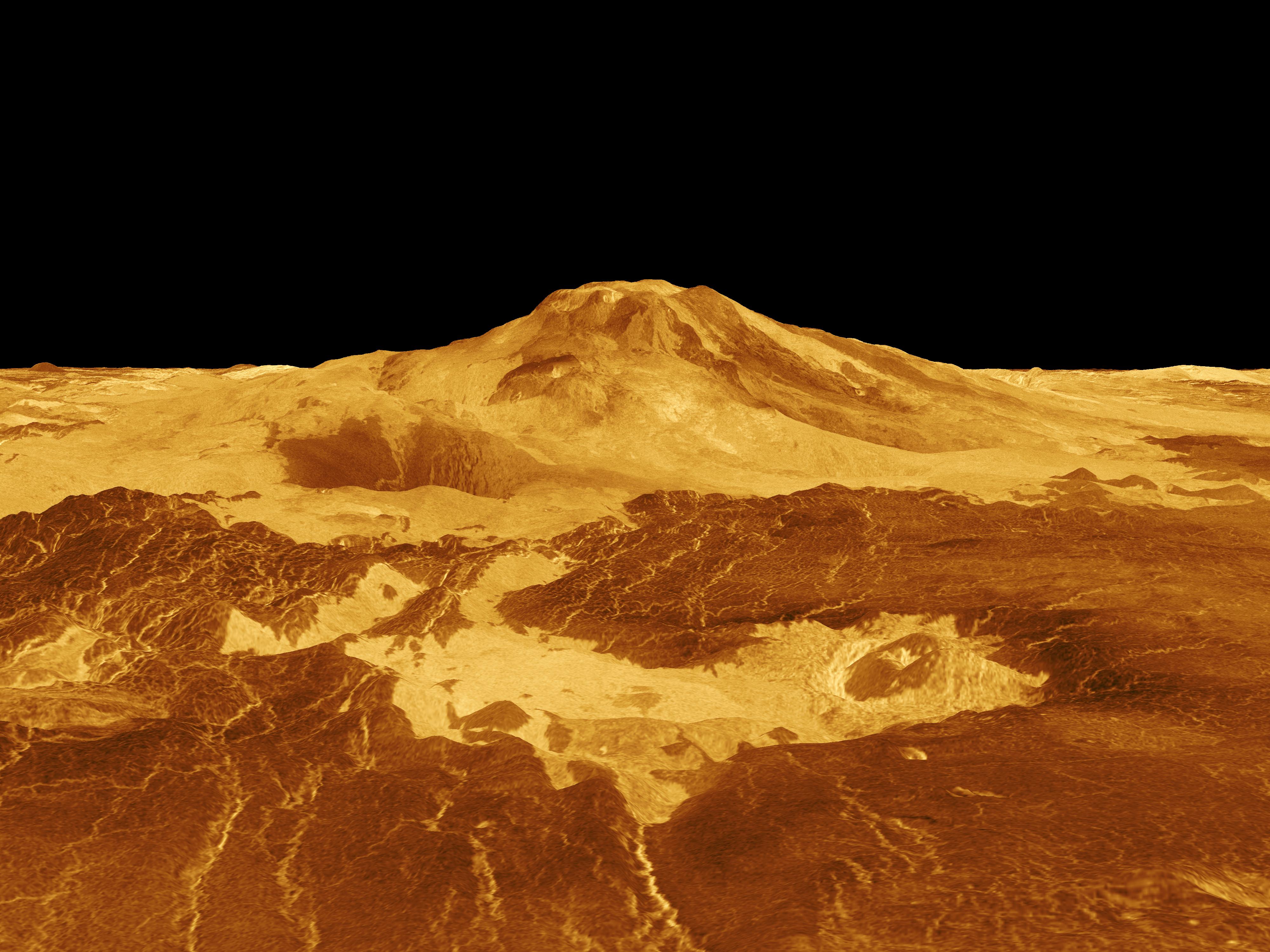A high-contrast array of bright and dark features covers Pluto’s surface, while on Charon, only a dark polar region interrupts a generally more uniform light gray terrain. The reddish materials that color Pluto are absent on Charon. Pluto has a significant atmosphere; Charon does not. On Pluto, exotic ices like frozen nitrogen, methane, and carbon monoxide have been found, while Charon’s surface is made of frozen water and ammonia compounds. The interior of Pluto is mostly rock, while Charon contains equal measures of rock and water ice.
Charon is about 750 miles (1,200 kilometers) across, about half the diameter of Pluto — making it the solar system’s largest moon relative to its planet. Its smaller size and lower surface contrast have made it harder for New Horizons to capture its surface features from afar, but the latest, closer images of Charon’s surface show intriguing fine details.
Newly revealed are brighter areas on Charon that members of the mission’s Geology, Geophysics and Imaging team (GGI) suspect might be impact craters. If so, the scientists would put them to good use. “If we see impact craters on Charon, it will help us see what’s hidden beneath the surface,” said GGI leader Jeff Moore of NASA’s Ames Research Center. “Large craters can excavate material from several miles down and reveal the composition of the interior.”
In short, said GGI deputy team leader John Spencer of SwRI, “Charon is now emerging as its own world. Its personality is beginning to really reveal itself.”
NASA’s unmanned New Horizons spacecraft is closing in on the Pluto system after a more than nine-year, three-billion-mile journey. On July 14, it will zip past Pluto at 30,800 mph (49,600 km/h), with a suite of seven science instruments busily gathering data. The mission will complete the initial reconnaissance of the solar system with the first-ever look at the icy dwarf planet.
Regularly uploaded raw, unprocessed 100-millisecond images of the Pluto system from New Horizons’ LOng Range Reconnaissance Imager (LORRI).











